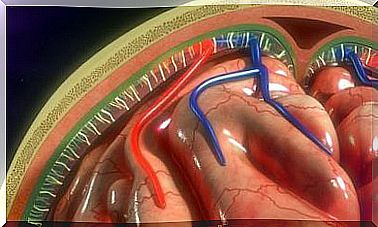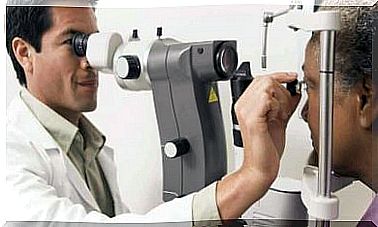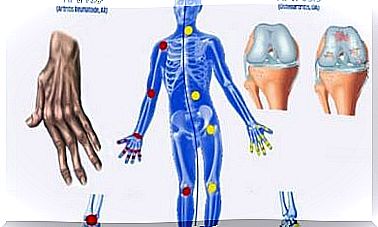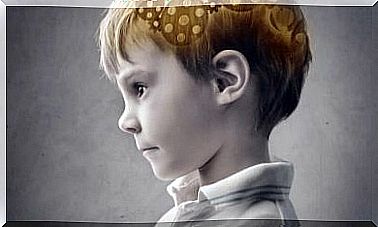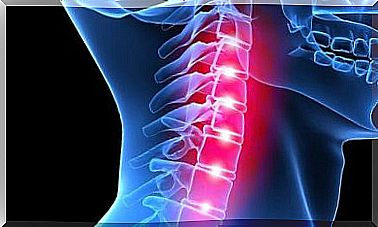The Different Types Of Amnesia
Amnesia is a disease that can have multiple causes, from drug use to trauma, head injuries or alcohol abuse. Let’s see the most common types.
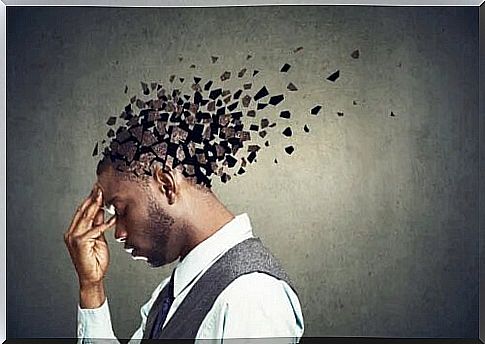
The types of amnesia or amnesic syndromes are varied, as well as their classifications. It is a disorder characterized by the partial or total loss of a person’s memory. According to diagnostic books, it is estimated that dissociative amnesia – a specific form – is present in up to 2.6% of some populations.
Amnesia can be classified into several types divided into two main ones. The first concerns the chronology of memory loss, that is, the type of information that the patient is unable to remember. The second group brings them together according to the etiology or, what is the same thing, the underlying cause of the disease.
In general, the origins of amnesia can be organic or functional. Some of the more common triggering events are head trauma and the use of certain medications, for example.
Types of amnesia according to their chronology
According to the chronology, two types of amnesia can be distinguished: retrograde and anterograde. It should be noted that a patient can present both at the same time, so these are two complementary disorders.
On the other hand, this categorization does not refer to the causes, but to its symptoms. The Memory Health Check portal provides us with definitions of these terms.
Anterograde amnesia
In this case, the new events are not transferred to the patient’s long-term memory. This means that the individual remembers only what happened before.
This type of amnesia implies a serious loss of autonomy on a daily basis. Not being able to make new memories and experiences causes various emotional disturbances. It also carries health risks in the form of accidents. For example, you may forget that you started a fire soon after.
Retrograde amnesia
Here we are facing the other side of the coin. In retrograde amnesia, the patient forgets what happened before the onset of the disease. According to the International University of Valencia, all information collected throughout life before the brain injury or the triggering event may be forgotten.
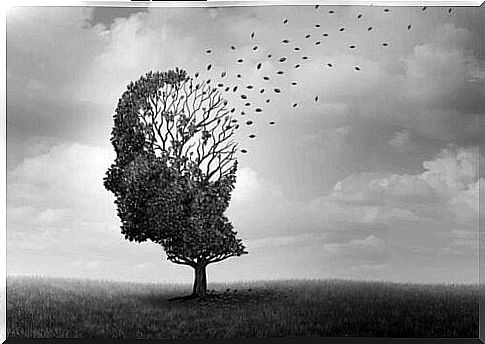
Types of amnesia according to its etiology
On the other hand, the Cleveland Clinic states that the types of amnesia can also be classified according to their etiology, that is, according to the causative agent that triggers the disease. Let’s see each of them in detail.
Post-traumatic amnesia
According to neurological studies, traumatic brain injury (TBI) is one of the most common causes of disability and death worldwide. Data shows that there are more than 2.5 million hospitalizations for this type of injury in the United States, which is 16% of hospitalizations due to falls and bumps.
Post-traumatic amnesia is caused by injuries that damage the brain, but do not enter the skull. This type of disorder is often accompanied by loss of consciousness and even a coma. Fortunately, memory loss is temporary in most cases.
Transient global amnesia (TGA)
Transient global amnesia is temporary memory loss, according to the Mayo Clinic. This can not be attributed to the most common neurological disorders, such as epilepsy or stroke. The incidence of this disease – that is, the number of new cases in a given location – is approximately 2.9 to 10 cases per 100,000 population.
Therefore, it is considered to be a very rare disease. Although the trigger for the disease is not known, it is suspected that it may be correlated with the presence of migraines or vascular disease.
Medial diencephalic amnesia
As the name suggests, it is a type of amnesia characterized by damage to the medial diencephalon. The main functions of this structure are to connect the nervous and endocrine systems, as well as to control the secretion of certain glands.
An example of this type of disorder is Korsakoff syndrome. In this specific case, the loss of memory and faculties is determined by a deficiency in absorption of vitamins – usually vitamin B1 – due to gastric damage due to excessive alcohol consumption.
Infantile amnesia
Childhood amnesia is common in all humans. It refers to the inability of adults to remember the first 3 to 4 years of their childhood. Research indicates that the limit of this memory loss is variable and is influenced by both individual and cultural factors.
Amnesia induced by Alzheimer’s disease
Although all the causes of Alzheimer’s are not yet known – even if metabolic disorders are suspected – companies like Elalzheimer.com point out that amnesia is one of the first symptoms of this disease. This clinical picture causes the patient to lose both short-term memory and memory of immediate events.
Drug-induced amnesia
According to the San Diego Hospital, certain drugs such as flunitrazepam produce anterograde amnesia. This, as we said before, makes the patient unable to remember everything that has happened under the influence of the drug.
Unfortunately, flunitrazepam is known as the date rape drug. This is because it is usually the substance that is placed in pill form in the drinks of women so that they do not remember what happened and do not know how to put a face on the abuser. in question.
Dissociative amnesia
In this case, we are faced with a type of amnesia which is an unconscious self-protection mechanism. The patient who suffers in this way blocks personal information referring to a traumatic event.
According to the MSDmanuals portal, these memory gaps can range from a few minutes to entire decades of life. Hypnosis and drug-facilitated interviews can help patients remember the characteristics of the traumatic event.
Types of qualitative amnesias or paramnesias
According to the Medical Dictionary portal, paramnesia is a memory disorder characterized by the distortion of memories. These fictitious events replace real situations, which cannot be remembered.
This type of amnesia frequently appears in chronic alcoholism and organic brain syndromes. They include deja vu and unheard of situations. The first expression refers to a situation in which a new experience is felt as already experienced before. On the other hand, the second describes the moment when a person does not explicitly remember having seen something before.

When to see the doctor?
After a severe contusion leading to loss of consciousness, even for a few seconds, a visit to the emergency doctor is mandatory. Some brain damage doesn’t start right away, so a quick exam is always the best idea.
On the other hand, it is necessary to point out that short-term memory loss is common in the general population. We live at a fast pace and anxiety disorders sometimes make us feel dissociated and confused. Therefore, there is no need to be alarmed in the first place if something is not remembered perfectly.
The types of amnesia are many and varied
As can be seen, amnesia is a disorder of simple definition. However, it hides many different types depending on the timeline and the causative agent. Typically, this condition usually occurs after a head injury and the memory loss is transient.
Forgetting is common in a stimulating society! But, when a person forgets integral things of his daily life, feels confused in his own home, or is unable to identify his location in a physical space, it is necessary to urgently consult a doctor.

